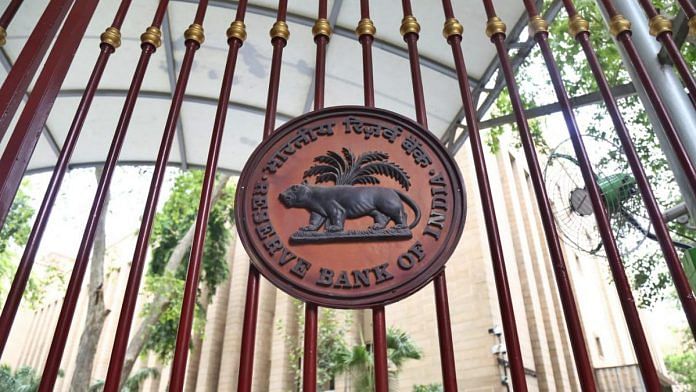Mumbai: The Reserve Bank of India has cut interest rates by “a great deal” and more policy space can be created when inflation eases, its executive director and interest rate-panel member Mridul Saggar said.
Inflation is being driven by supply-side problems and is likely to stay elevated for a while, he said at the Emerging Markets Central Banking Summit organized virtually by the Washington-based Institute of International Finance Tuesday. Although food prices — which contribute significantly to India’s inflation basket — are expected to correct significantly by December, he said it isn’t easy to bring prices down under pandemic conditions.
His comments come days before the inflation-targeting Monetary Policy Committee’s next rate decision on Dec. 4. While consumer prices above the RBI’s 2%-6% target band have forced policy makers to pause on rate cuts, a looming recession has compelled the rate-setters to weigh the need to support economic growth.
Data due Friday will probably show gross domestic product shrank 8.7% in the July-September period, following a record 24% decline in the three months ended June, pushing the economy into an unprecedented recession.
But Saggar believes things are improving after the economic shock. Nineteen of the 32 high-frequency indicators that he tracks have shown activity normalizing in the virus-ravaged economy, he said. That includes auto and tractor sales.
“A December rate cut is virtually ruled out with inflation remaining well above the RBI’s target range,” said Teresa John, an economist at Nirmal Bang Equities Pvt. “The recent improvement in high frequency indicators and an improvement in the July to September GDP reading should provide some comfort to RBI as it decides to keep rates on hold.”
In the absence of robust fiscal support, the RBI has done the bulk of the heavy lifting for the economy by cutting rates by 115 basis points so far this year and pumping billions of dollars into the banking system.
Saggar, who was inducted into the six-member MPC this year, is seen as dovish by market participants. At the last meeting in October, he noted that India’s widening output gap is likely to close only by the end the fiscal year through March 2022. Manufacturing firms saw capacity utilization drop in the April-to-June period and that capital investments would take time to recover, he said.
Corporate pricing power is likely to remain muted owing to weak demand, he said, adding that demand destruction caused by the pandemic, and subsequent improvements in production and distribution, would exert downward pressure on headline inflation and the core measure — which strips out food and fuel. –Bloomberg
Also read: October festival demand boosts Indian economy’s ‘animal spirits’, recession could end in Q4






